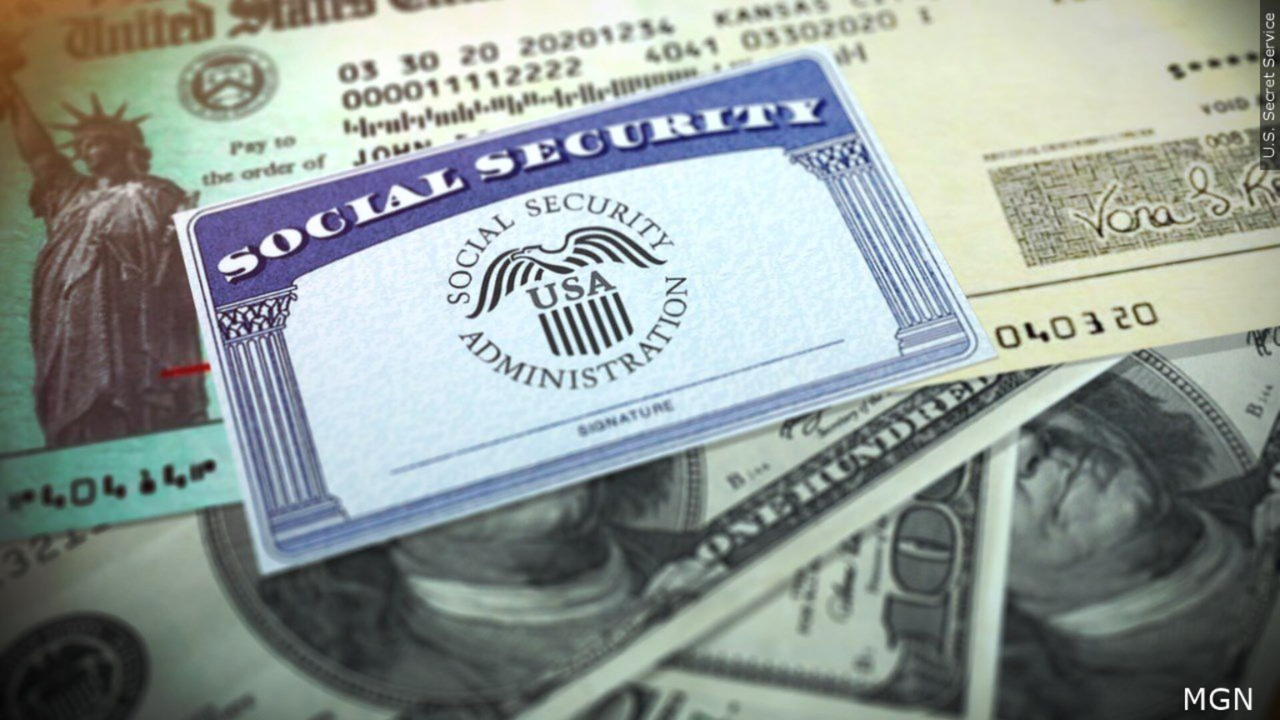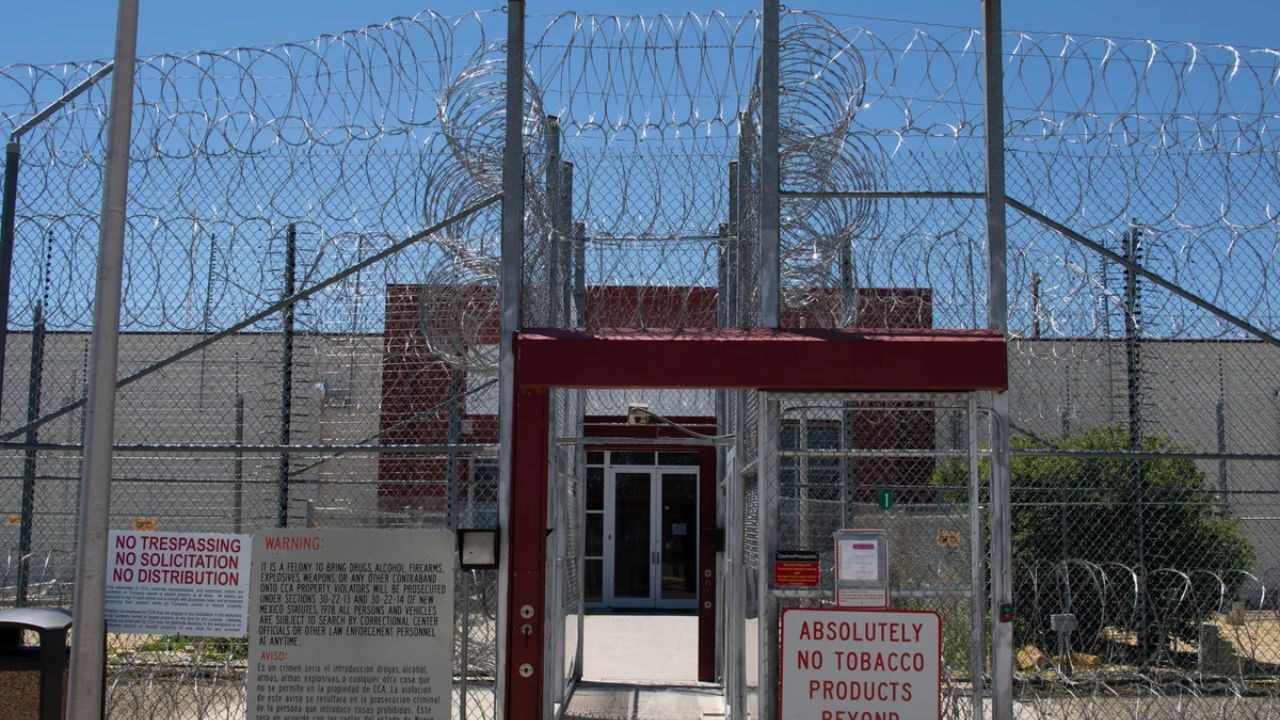The Social Security Death Master List (SSDM) is a government database that contains information about people who have passed away.
It plays a crucial role in managing death-related records and preventing fraud. But what does it mean if you find yourself on the list? Here’s a deeper look at this important resource and its implications.
What is the Social Security Death Master List (SSDM)?
The SSDM is a comprehensive list maintained by the U.S. Social Security Administration (SSA). It includes records of individuals who have died and whose deaths have been reported to the SSA.
The database contains personal information such as the deceased person’s name, Social Security number, date of birth, and date of death.
The primary purpose of this list is to help government agencies, financial institutions, and other organizations manage their records accurately and prevent identity theft or fraudulent activities.
The SSDM is updated regularly and can be accessed by various institutions to verify the status of individuals. This list is also used to stop fraudsters from continuing to use deceased people’s identities for criminal purposes.
For instance, it helps prevent tax refund fraud, where criminals use a deceased person’s identity to collect refunds from the government.
How is the Information Added to the List?
The information added to the SSDM usually comes from several sources, primarily the funeral homes, family members, and state or local authorities.
When someone passes away, a death certificate is usually filed with the local government. Once this information is processed and recorded, it is shared with the SSA, which then updates the Death Master List.
In some cases, the information may be updated by banks, government agencies, or even the deceased person’s estate representatives.
The SSA relies on these data sources to ensure the accuracy and timeliness of the records, as there is a risk of fraud or misuse if outdated or incorrect information is listed.
Why Is the SSDM Important?

The SSDM has a wide range of uses and benefits for both public and private organizations. Some of the most important purposes include:
- Preventing Identity Theft: Criminals often use the identities of deceased individuals for fraud, especially when it comes to tax returns, credit applications, and healthcare fraud. The SSDM helps identify such attempts early.
- Accurate Records: Government agencies, such as the IRS and the Department of Motor Vehicles (DMV), rely on the SSDM to keep their records accurate. When they receive a notification about a person’s death, they can update their systems and stop issuing benefits to a deceased individual.
- Financial Institutions: Banks and other financial institutions use the SSDM to close accounts, stop credit card fraud, and prevent wrongful withdrawals from deceased individuals’ accounts.
- Social Security Benefits: The SSDM is key to managing Social Security benefits and ensuring that only those entitled to benefits receive them. It ensures that payments to deceased individuals stop as soon as possible.
How Do You Find Yourself on the SSDM?
Finding yourself on the Social Security Death Master List is rare, but it can happen due to a clerical error or fraud.
In most cases, individuals who find themselves mistakenly listed on the SSDM discover the issue when they attempt to apply for credit, taxes, or even government services.
A few reasons why a living person might end up on the SSDM include:
- Clerical Errors: If someone shares the same name or a similar date of birth as a deceased person, there could be confusion, and the wrong person might be listed.
- Fraudulent Activity: In some cases, criminals may steal identities and falsify death records, which can lead to a living person being added to the list.
- Miscommunication: Sometimes, people might not inform the right authorities about a death, leading to confusion in the records and mistakenly listing someone who is still alive.
What Happens When You’re Listed on the SSDM?
If you find yourself on the SSDM and you are alive, it can be alarming. However, there are steps you can take to resolve the issue.
- Check the Information: The first step is to check the information listed on the SSDM. Ensure your name, Social Security number, and date of birth are correct. If there are discrepancies, you may need to contact the SSA to clarify the situation.
- Report the Error: If there’s a mistake, you can contact the SSA directly to report the issue. They may ask you for supporting documentation, such as a birth certificate, proof of identity, or other records, to verify that you are alive.
- File a Fraud Report: In cases where identity theft or fraud is involved, you’ll need to file a report with the Federal Trade Commission (FTC). It’s also recommended to place a fraud alert on your credit report with the major credit bureaus (Equifax, Experian, and TransUnion).
- Seek Legal Help: If the error results in significant issues such as being denied services or facing legal challenges, you may need to seek legal assistance to clear your name and prevent further complications.
How to Avoid Being a Victim of Fraud Related to SSDM?
The SSDM plays a vital role in preventing fraud, but as a living person, it’s important to be proactive in safeguarding your information. Here are some tips:
- Monitor Your Credit: Regularly check your credit reports to spot any unauthorized activity. If you see that someone has opened accounts or taken loans in your name, report it immediately.
- Secure Your Personal Information: Never share your Social Security number or other personal details with anyone unless necessary. Be cautious about phishing attempts and scams.
- Stay Informed: Be aware of what’s happening with the Social Security Death Master List and how it affects your privacy and security. If you notice anything unusual or get contacted about a death-related matter, investigate it immediately.
Conclusion
The Social Security Death Master List serves as an essential tool in protecting against fraud and ensuring that death records are properly managed.
However, while it helps prevent identity theft, there can still be mistakes. If you find yourself listed on this database, it’s important to take immediate action to resolve the issue.
With the right steps, you can protect your identity and ensure that your records remain accurate.
Disclaimer- Our team has thoroughly fact-checked this article to ensure its accuracy and maintain its credibility. We are committed to providing honest and reliable content for our readers.






